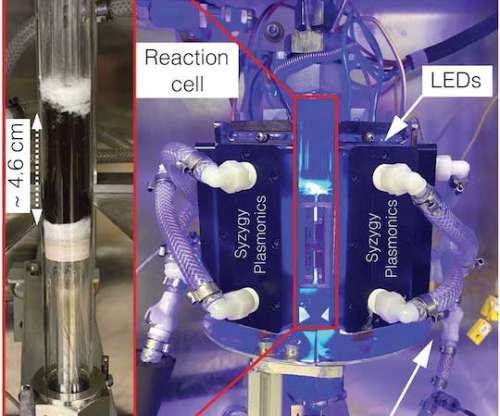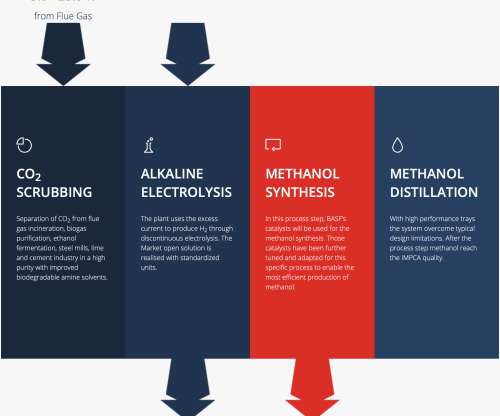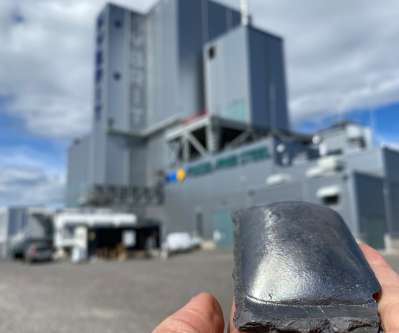Researchers develop earth-abundant photocatalyst for conversion of ammonia into hydrogen
Green Car Congress
NOVEMBER 28, 2022
and Princeton University’s Andlinger Center for Energy and the Environment have created a scalable photocatalyst that can convert ammonia into hydrogen fuel. This result demonstrates the potential for highly efficient, electrically driven production of hydrogen from an ammonia carrier with earth-abundant transition metals.








































Let's personalize your content